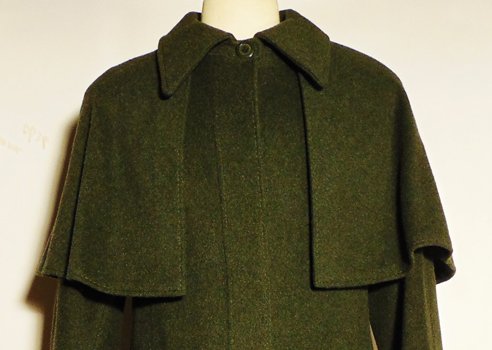Reading time: Less than 1 minute
Increase your vocabulary and you’ll make your writing much more precise. That’s why I provide a word of the week. Today’s word: loden….
I’m pretty good at guessing the meaning of words, probably as a result of my year of Latin in high school and my many years of studying French. Still, when I recently encountered the word loden, I had no idea of its origins.
I found it in the excellent murder mystery Lady in the Lake by Laura Lippman. (While I don’t typically read murder mysteries, I found this one quite enjoyable as it was filled with such interesting, well-developed characters.)
Here is how Lippman used the word:
With her loden-green coat and brown tights, Tessie Fine had almost disappeared into the landscape.
Context, of course, revealed it was a colour, but I had no idea about shade. Was it chartreuse, sage, lime, emerald, pear, shamrock or seafoam?
It turns out that loden is a greyish green that’s a few shades darker than the standard issue of most military garments. The colour gets its name from Loden — a cloth that is a thick woollen waterproof material originally developed in either Germany or Austria.
To produce loden fabric, strong yarns are woven loosely into cloth which is then shrunk until it becomes quite dense and acquires the texture of felt. It is then brushed and the nap is clipped. This a process is repeated a number of times until the fabric provides good warmth and durability for its weight. The image at the top of this post shows a detail of a coat for women made of loden.
The etymology of the word is German, meaning “thick woollen cloth,” and it dates back to 1880.
An earlier version of this post first appeared on my blog on Oct. 16/19.


